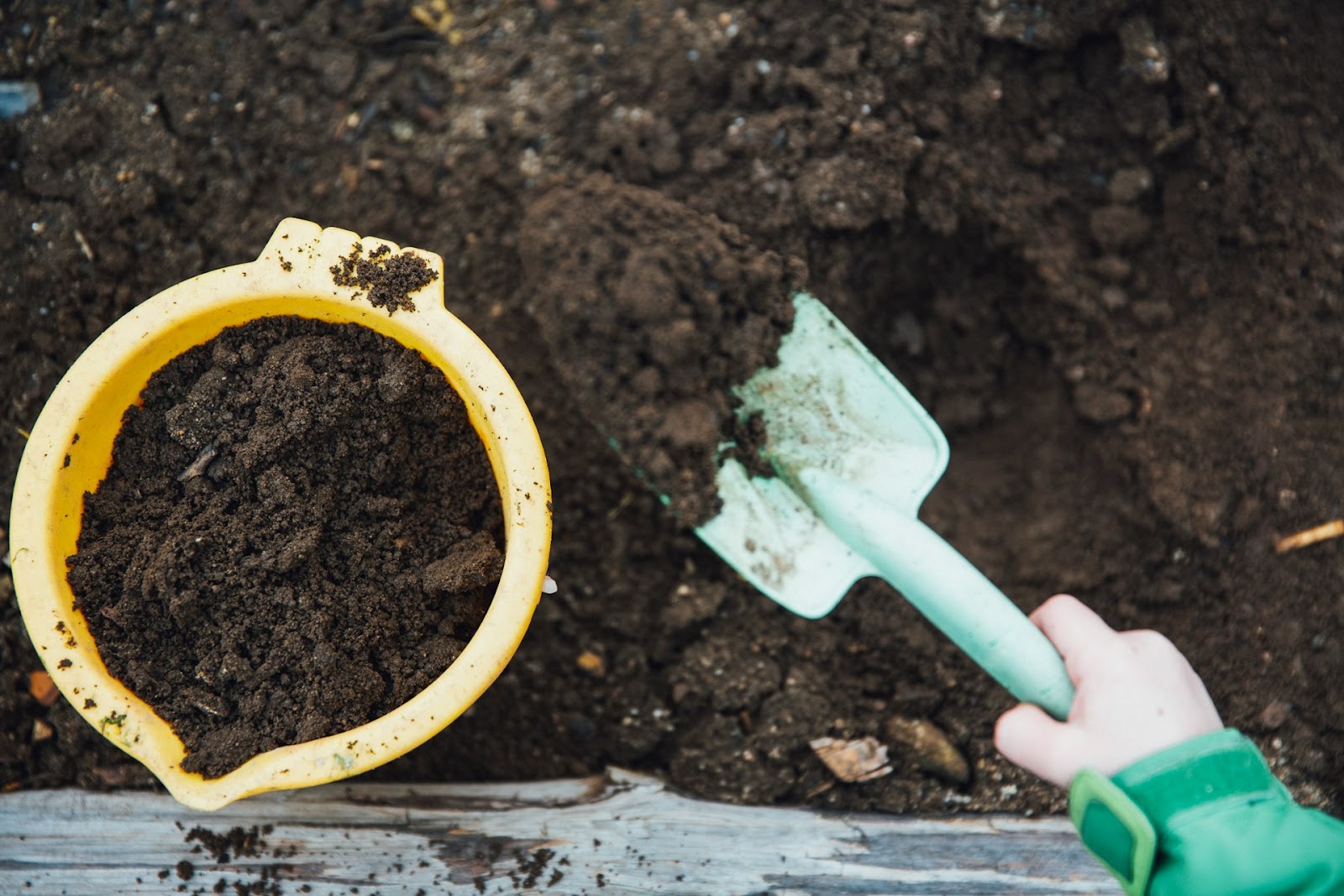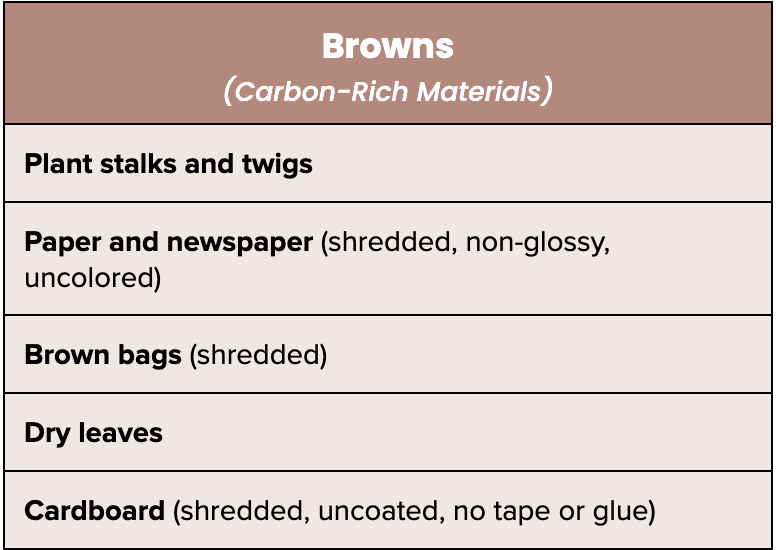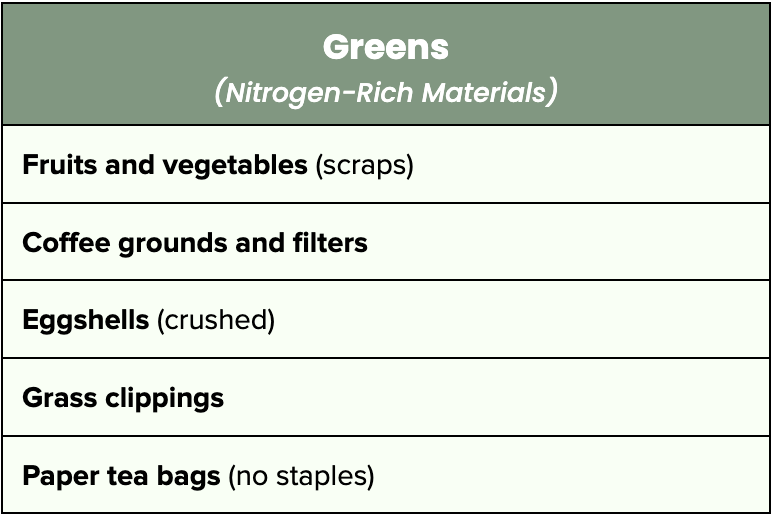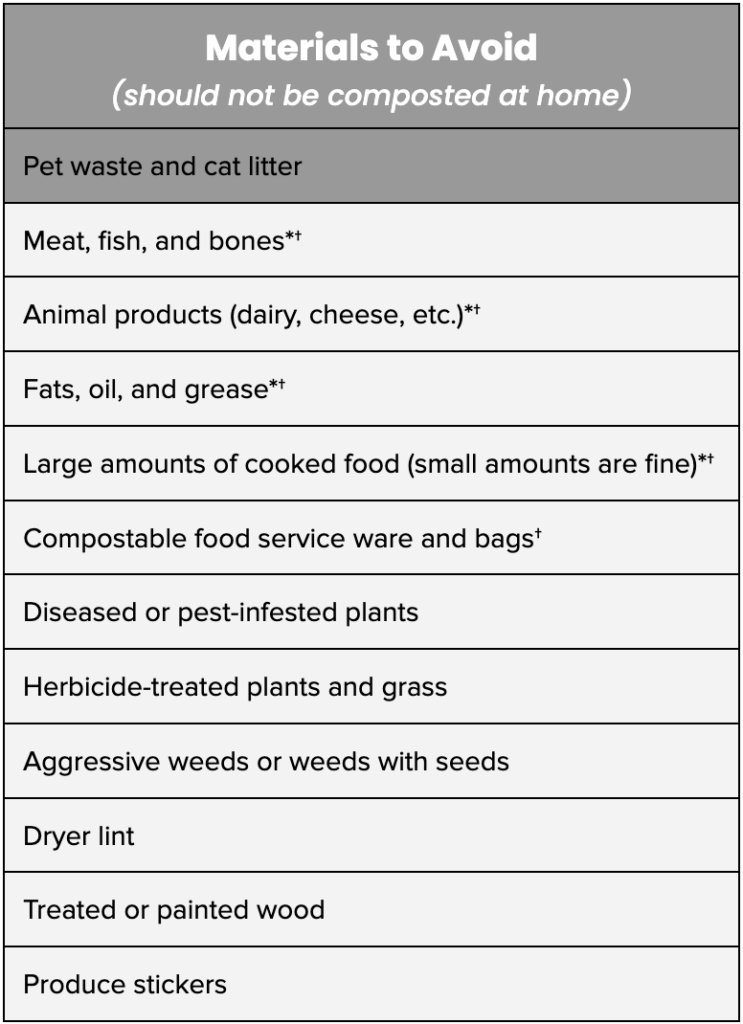What Does “Compostable” Mean? A Guide for Consumers

If you’re like many, you’ve taken notice of the growing interest in composting. Maybe you’ve heard about its benefits, seen an uprise in compostable products on the market, or are looking for new sustainable habits. Whether you want to directly engage in composting or not, it’s worth it to understand how it works and why it’s such a great tool for minimizing organic waste.
Americans alone generate about 292 million tons of trash, AKA “municipal solid waste,” every year. That’s according to the Environmental Protection Agency (EPA), which also reports that 21% of that trash is food scraps alone.
Composting is an easy alternative for food scraps, leaves, coffee grounds, and organic waste – and it’s already built right into your backyard.
What Does It Mean If Something is Compostable?
If something is considered compostable, that means it’s an organic material that will break down within a few months into a valuable fertilizer.
A product labeled as compostable may be safe to compost at home. However, it’s more likely to be designed for a commercial composting facility, which can create specific conditions to break down items that might cause harm if left exposed.
How Composting Works
Let’s rewind a bit and break down how composting works its magic. By definition, composting is a method of turning organic material into fertilizer.
In practice, it involves creating the perfect conditions for the natural decay and rotting gracefully handed to us by Mother Nature. That means composting requires three main ingredients:
- Organic waste (grass, kitchen waste, newspaper, leaves, etc.),
- Water
- Oxygen
Once everything is ready for action, the next step is – to sit back and wait. Microorganisms will take it from here! Their job is to feast on the organic, carbon-rich waste and break it down into its most basic parts. The result is what’s known as humus, a substance rich in fiber and nutrients like potassium and phosphorus.
All that composting works up a sweat. Those hungry microorganisms create carbon dioxide and heat as they go, meaning temperatures in a compost pile can reach up to 100 or 150 degrees Fahrenheit!
Turn the pile regularly (more on that later) and keep it hydrated, and you’ll see it decomposed into finished compost within just a few weeks.
Compostable vs. Biodegradable: What’s the Difference?
At a glance, compostable and biodegradable seem interchangeable. But don’t be fooled – they describe two processes that take a sometimes dramatically different amount of time to occur.
- Biodegradable items are materials that break down and decompose in the environment.
- Compostable items are organic materials that break down into nutrient-rich soil.
That might not sound like a significant difference at first, but when you look at the fine print, it becomes far more glaring.
Certified compostable items completely break down and leave no residues after 90 days in the right conditions.
Meanwhile, biodegradable products will break down into their core components, which leaves behind residue that may or may not be problematic. For instance, a biodegradable plastic-based material might eventually break down into its basic parts, but those parts are still likely to sit around for centuries. Plus, biodegradable products can take years or decades to break down!lfl
How to Dispose of a Compostable Item
If you’re setting up a home composting system for the very first time, you’ll need to do a lot before you worry about disposing of anything. Here’s the quick and dirty version of how to compost in your backyard, as outlined by the USDA:
- Find a good location. Somewhere dry (either in the sun or partial shade) is best.
- Set up a compost bin. You can either buy one or create one using wire mesh and a few poles for support.
- Start composting! A good rule of thumb is 2-3 parts “brown” material and 1 part “green” material by volume. So, as you continue adding each type of compostable good, try to consider your ratios.
- Maintenance. Add water regularly to keep everything moist. And don’t forget to turn the pile! That means going out and getting your hands dirty! Glove up if you need to, and use your hands to gently disrupt and “mix” the pile. A monthly rotation is typically sufficient.
Need a more thorough breakdown of the types of composting you can do, what to buy, and how to set up? We recommend the EPA’s full guide to backyard composting, which covers your options in more detail.
Once you’ve got a place to dump your scraps, you can shift your focus to learning what does (and doesn’t) go in the compost pile.
What to add to your backyard compost pile:
As a general rule of thumb, if it comes from the ground, it can be composted at home.
Remember that “brown” and “green” material from before? Here’s a full list of common household items that fall into each category.


What to avoid composting:
Other iffy items (like animal products) can sometimes be composted at a municipal composting system, but you’ll have to see if there are any eligible locations available near you first.

*May attract animals to your compost pile.
†Most backyard composting piles don’t reach high enough temperatures to fully decompose these materials. They may be composted at a commercial composting facility if it accepts them.
What to Do with Biodegradable Goods
Rest assured that buying something designed to be biodegradable is still a better choice than buying something that isn’t – in most cases, at least. As always, you’ll have to be mindful of context and use your personal discretion.
If you have a biodegradable coffee cup, for instance, don’t toss it into the compost pile and hope it breaks down faster. You should still throw it out (or recycle it, if appropriate). But do so knowing that it will at least break down into something less harmful and invasive to our planet.
Our Take on Compostable Products
So, is it worth it to seek out compostable products – that is, items made with compostable packaging or materials? They’re not always the cheapest options, and it can take some extra work to find brands you know you can trust. But we think it’s well worth the effort, at least if you’re committed to maintaining the habit.
Experts agree. Guidelines issued by the UN Environment Programme (UNEP) and Institute for Global Environmental Strategies (IGES) demonstrate that composting is one of our best options for managing organic waste while also minimizing environmental impacts.
All those tons of trash, many of which are composed of organic waste, we humans create each year aren’t just taking up space; they’re killing our planet. Organic and food waste accounts for about 8-10% of all greenhouse gas emissions. But this time, we have the tools to make a tangible difference right in our backyards.
You have two main options: start composting at home or find a commercial facility near you that you can easily get to. Either way, make a routine out of visiting your compost stash and doing what you need to do to make it happen, whether it’s turning the pile or dropping off materials.
Even if that’s not your thing or something you think you can keep up with, it’s still worth buying compostable items. They’ll end up back on the Earth somehow, and they’ll only take up space for a short while when they do.
If you want to make a difference in a simple but scalable way, composting and buying compostable items when you can is a smart move!
Photo by Markus Spiske on Unsplash


